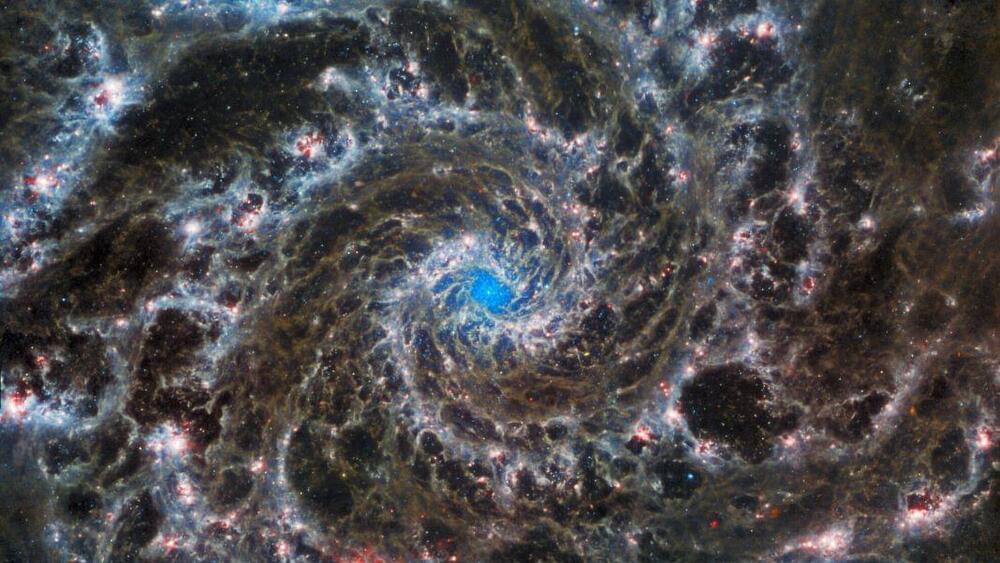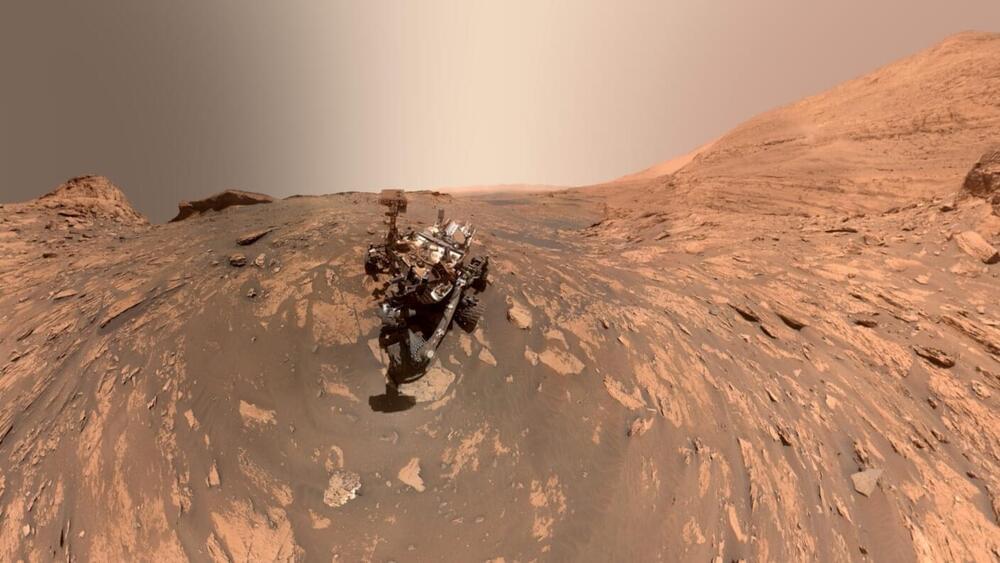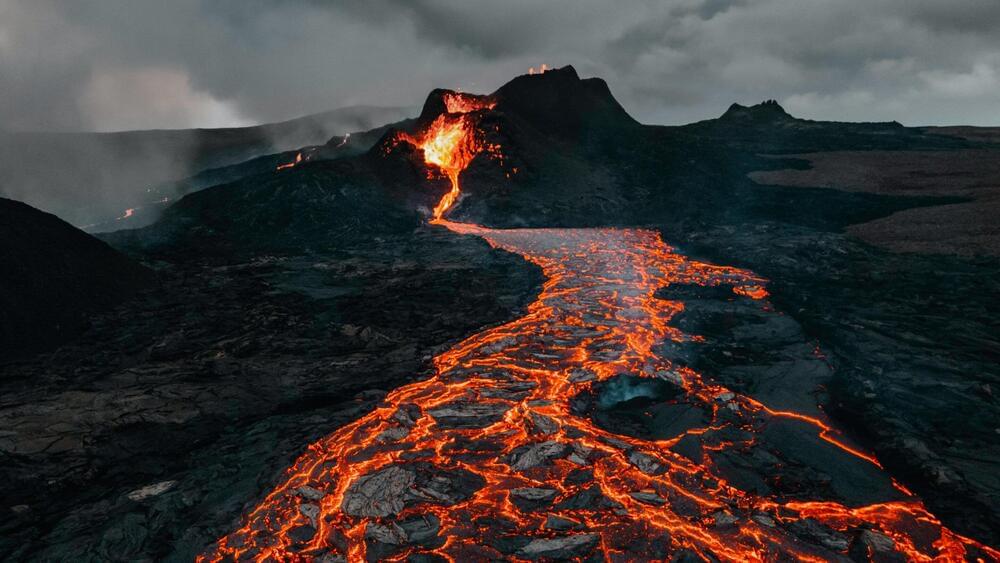Drake’s equation may look complicated, but its principles are really rather simple. It states that, in a galaxy as old as ours, the number of civilizations that are detectable by virtue of them broadcasting their presence must equate to the rate at which they arise, multiplied by their average lifetime.
Putting a value on the rate at which civilizations occur might seem to be guesswork, but Drake realized that it can be broken down into more tractable components.
He stated that the total rate is equal to the rate at which suitable stars are formed, multiplied by the fraction of those stars that have planets. This is then multiplied by the number of planets that are capable of bearing life per system, times the fraction of those planets where life gets started, multiplied by the fraction of those where life becomes intelligent, times the fraction of those that broadcast their presence.









